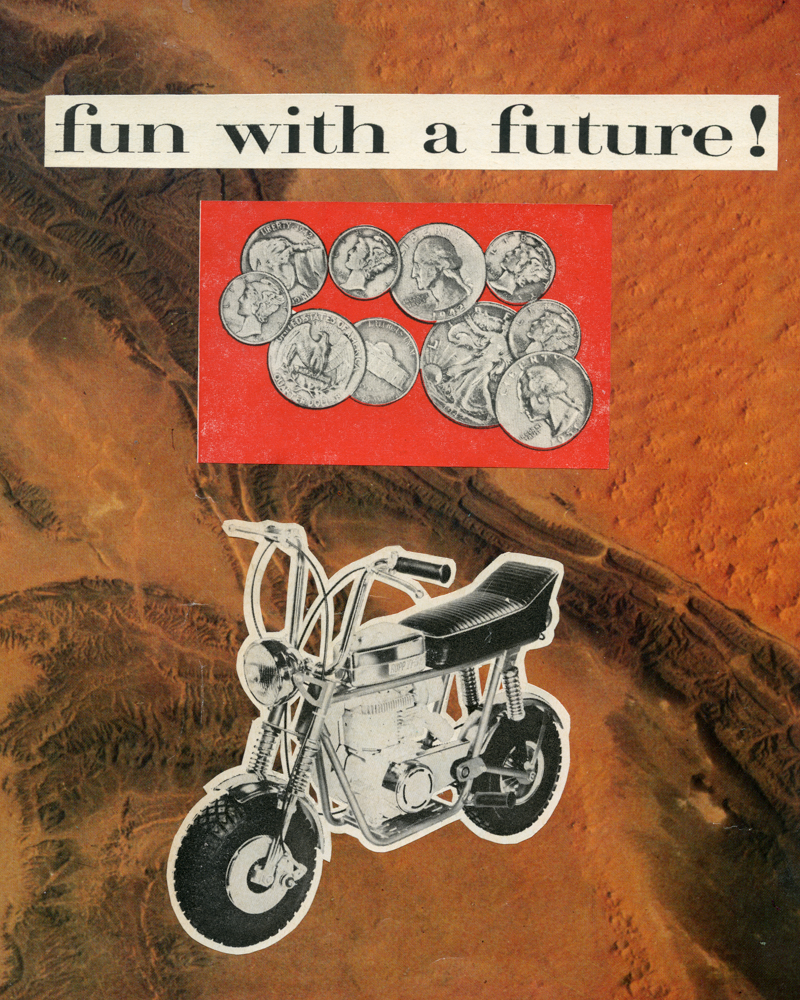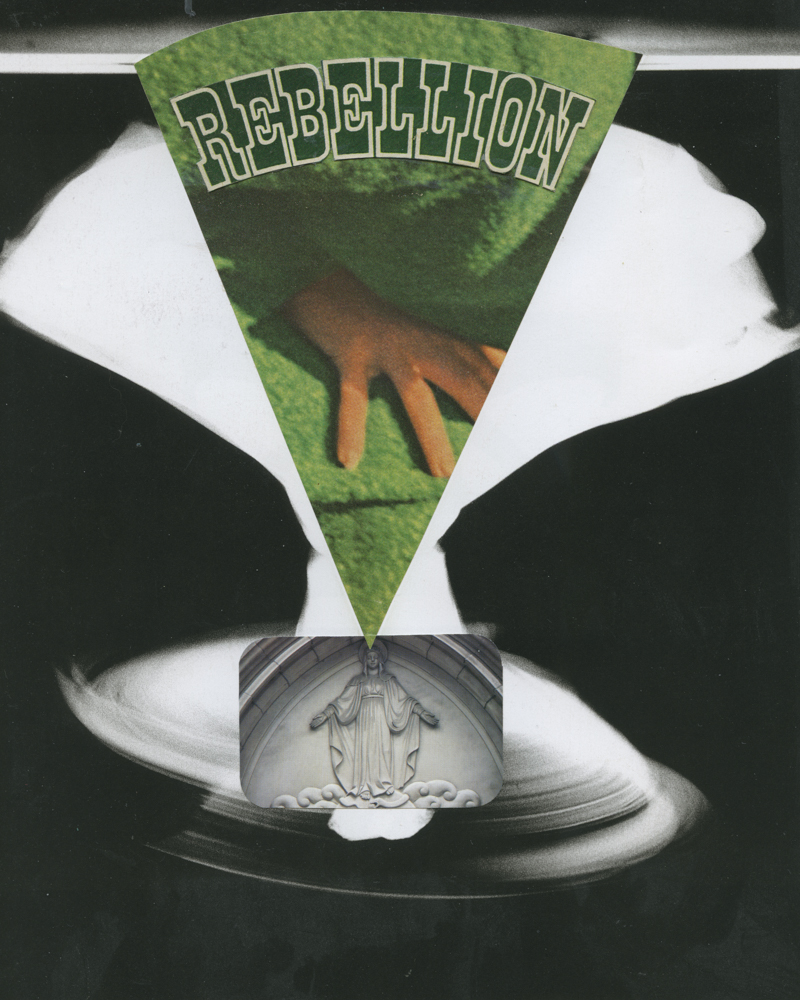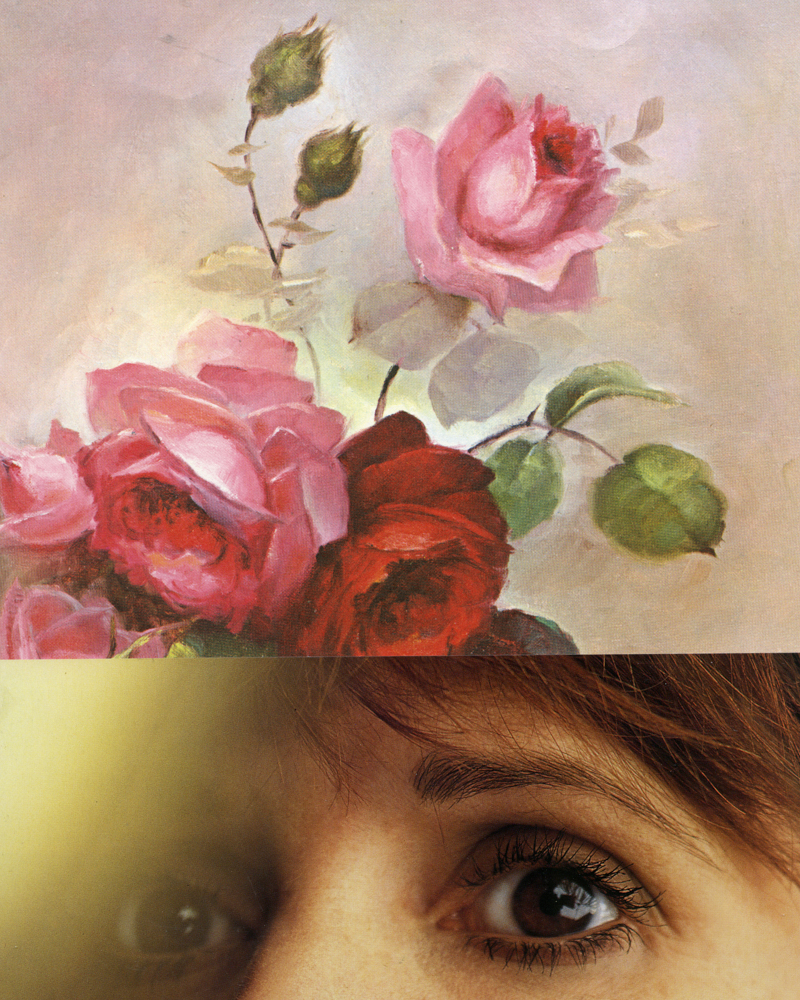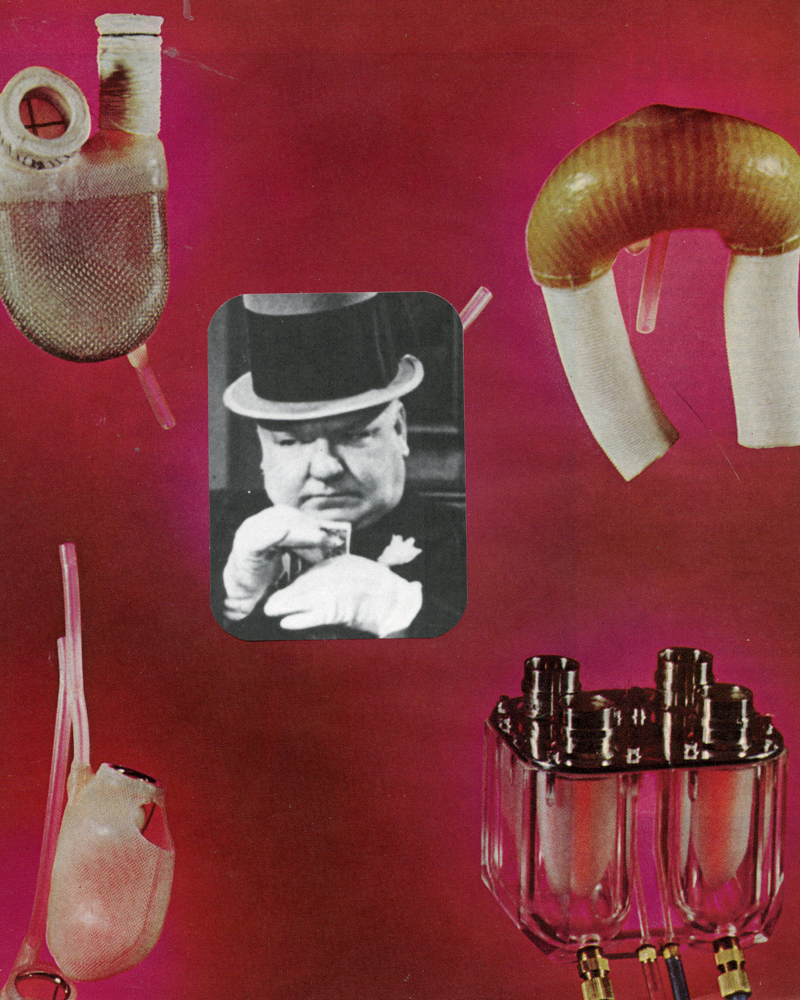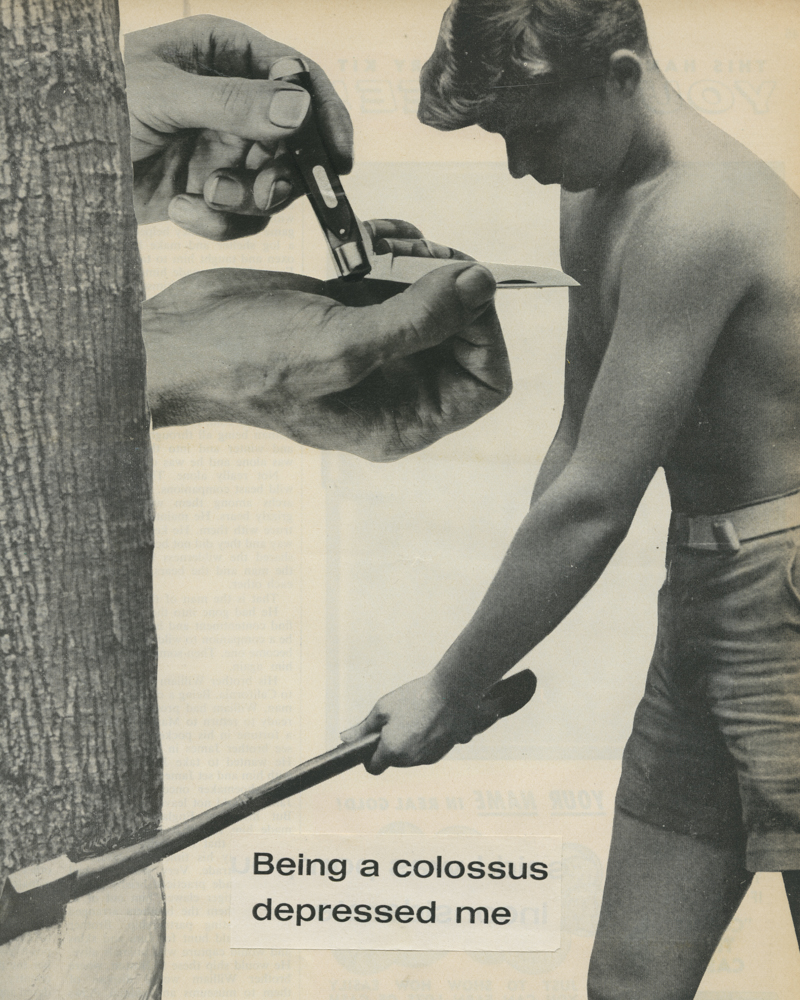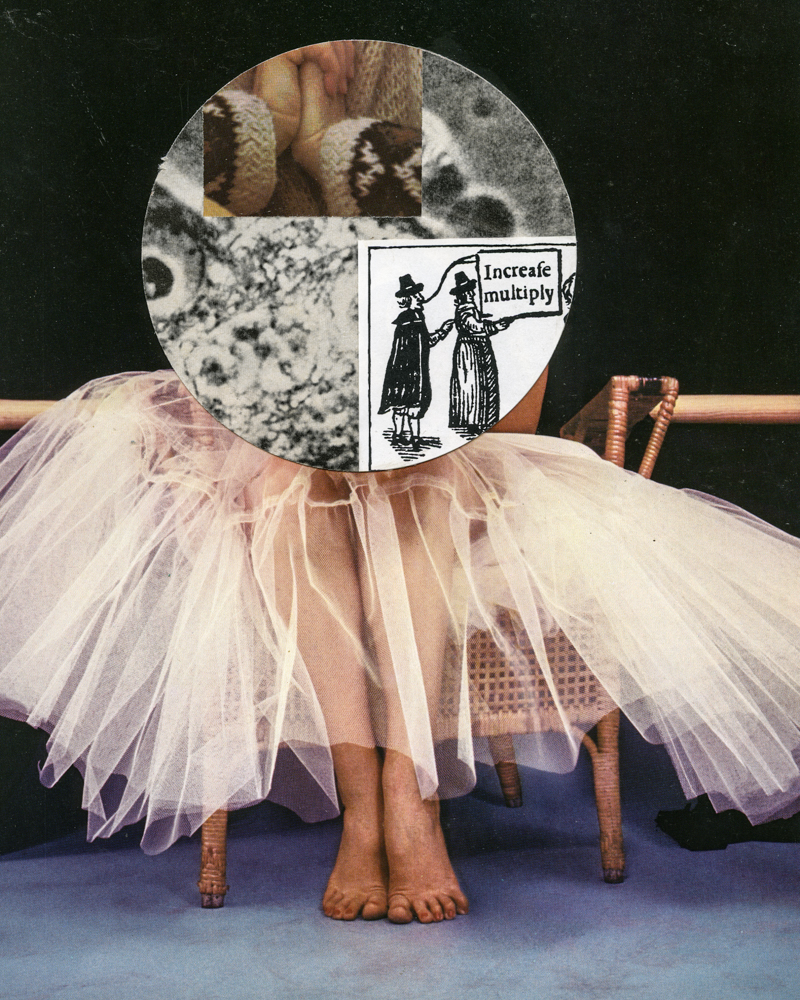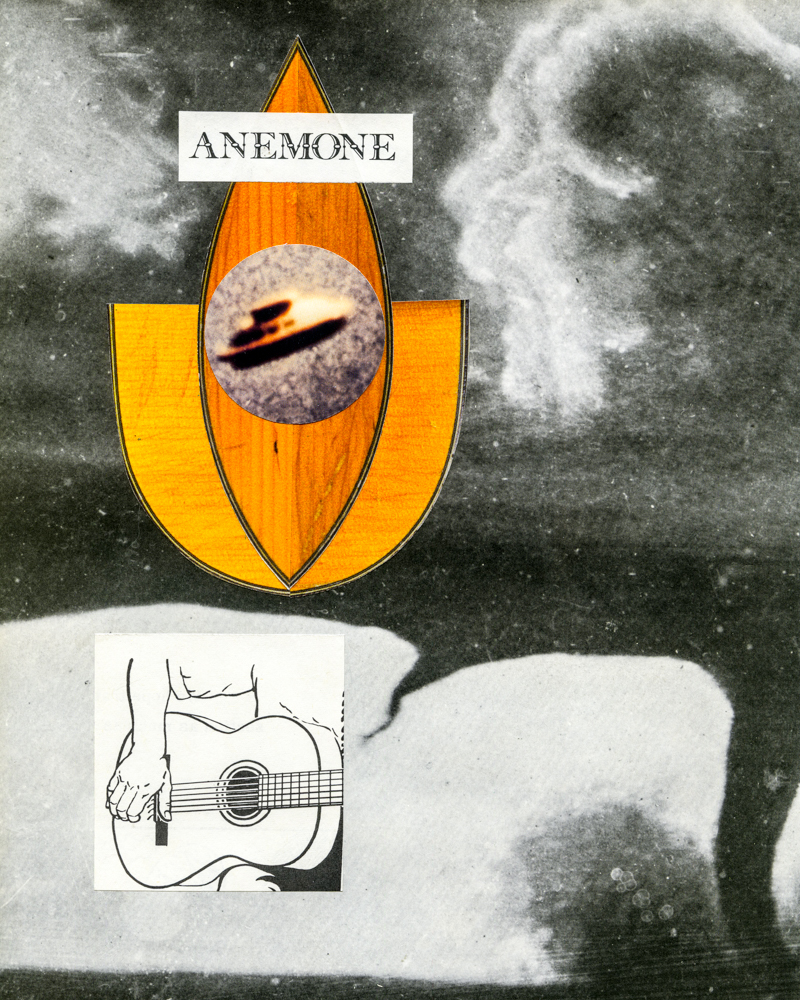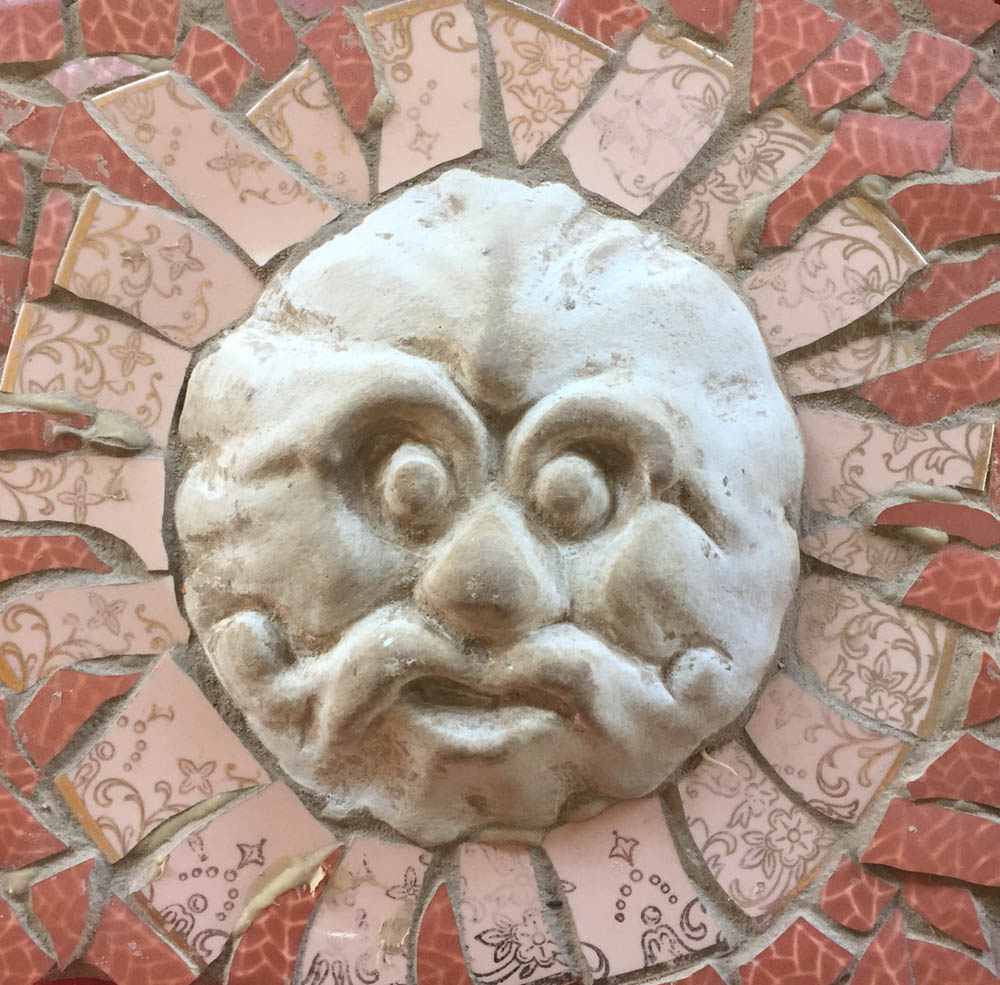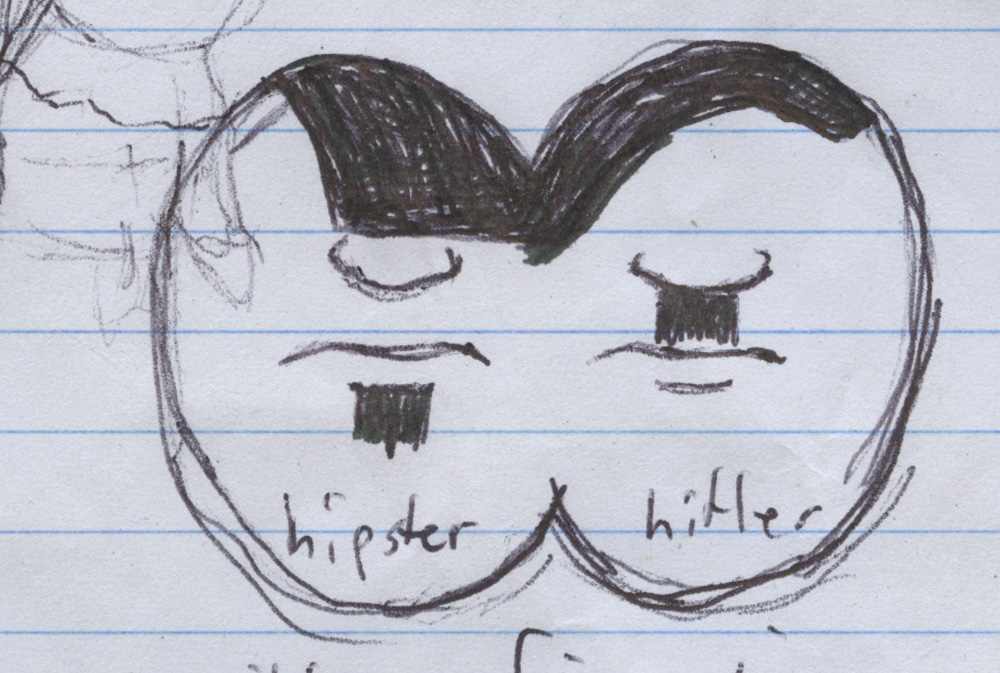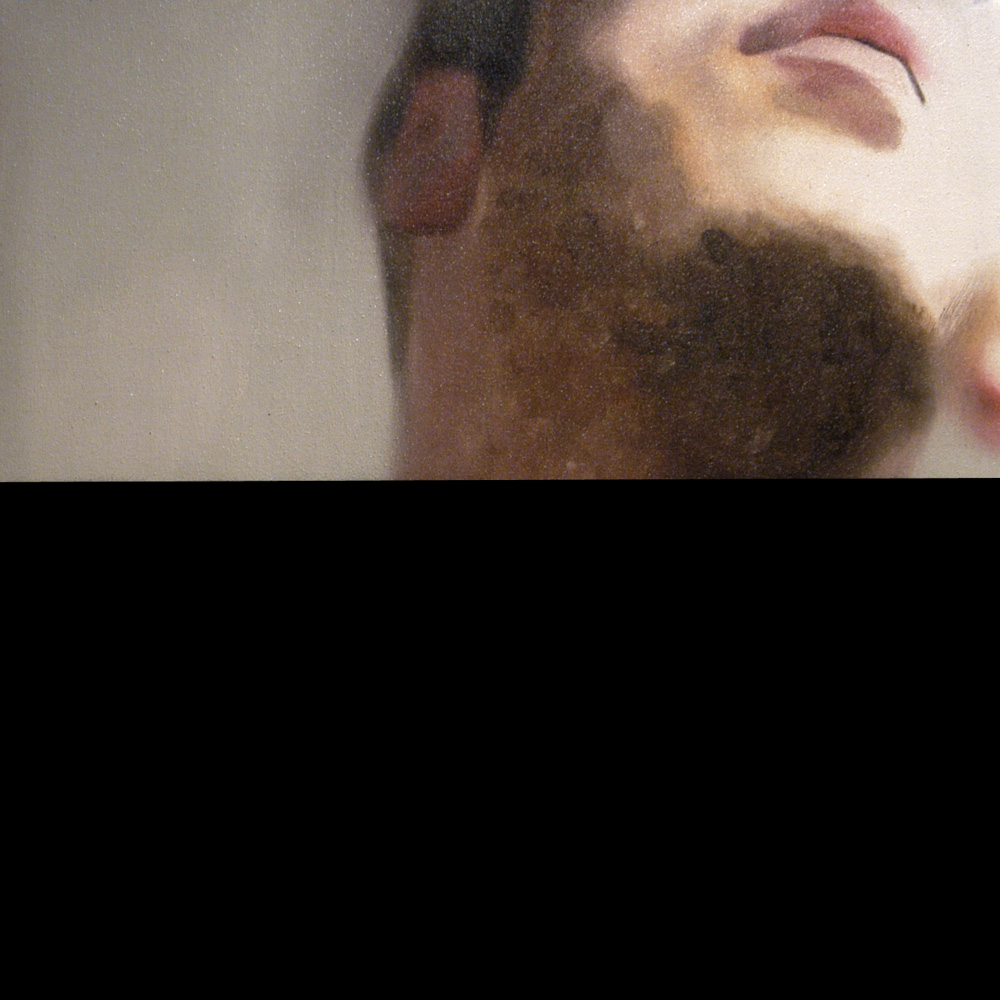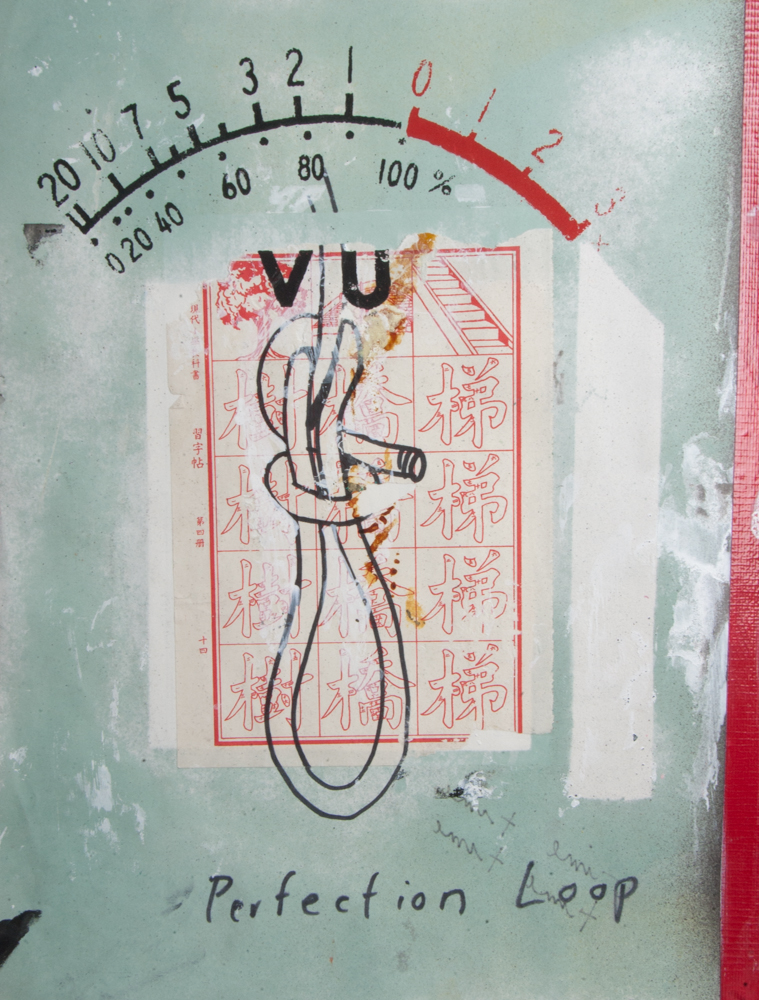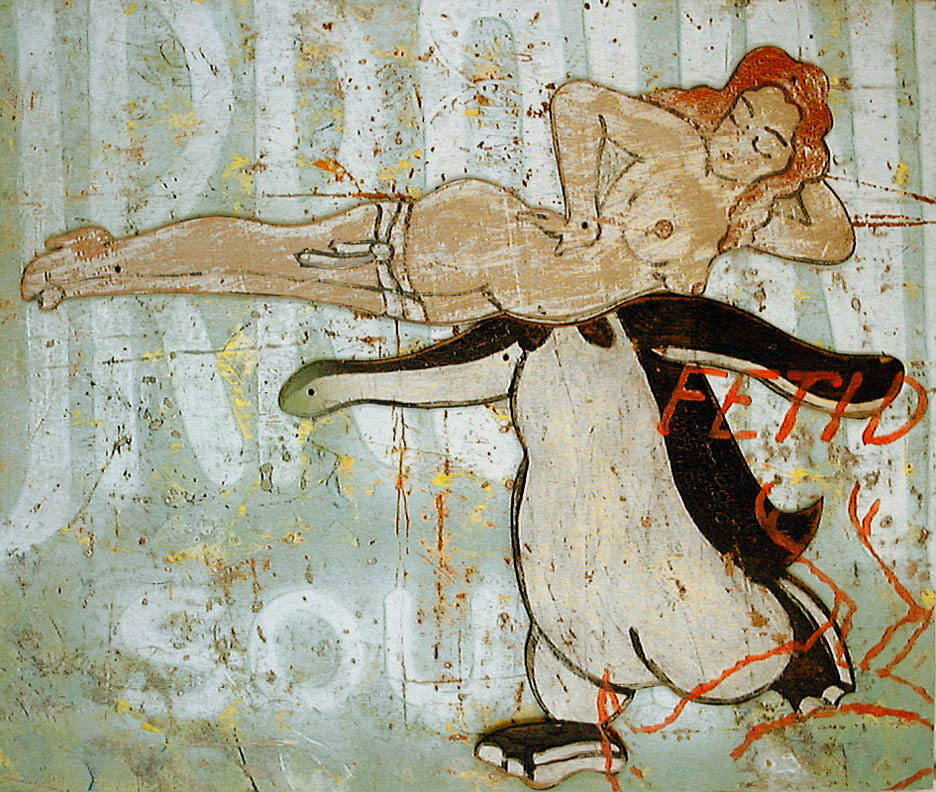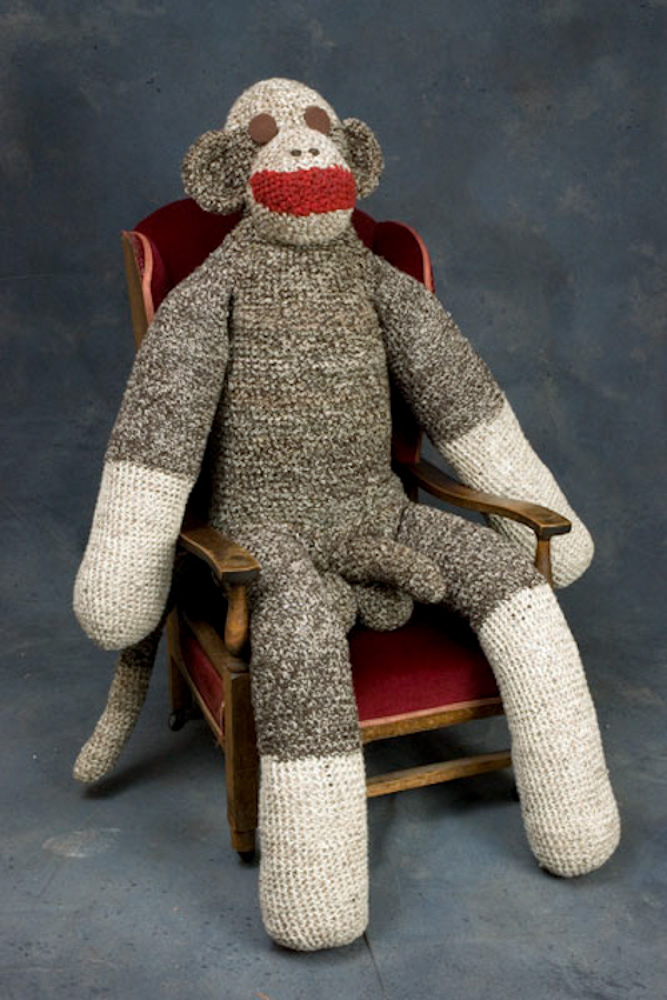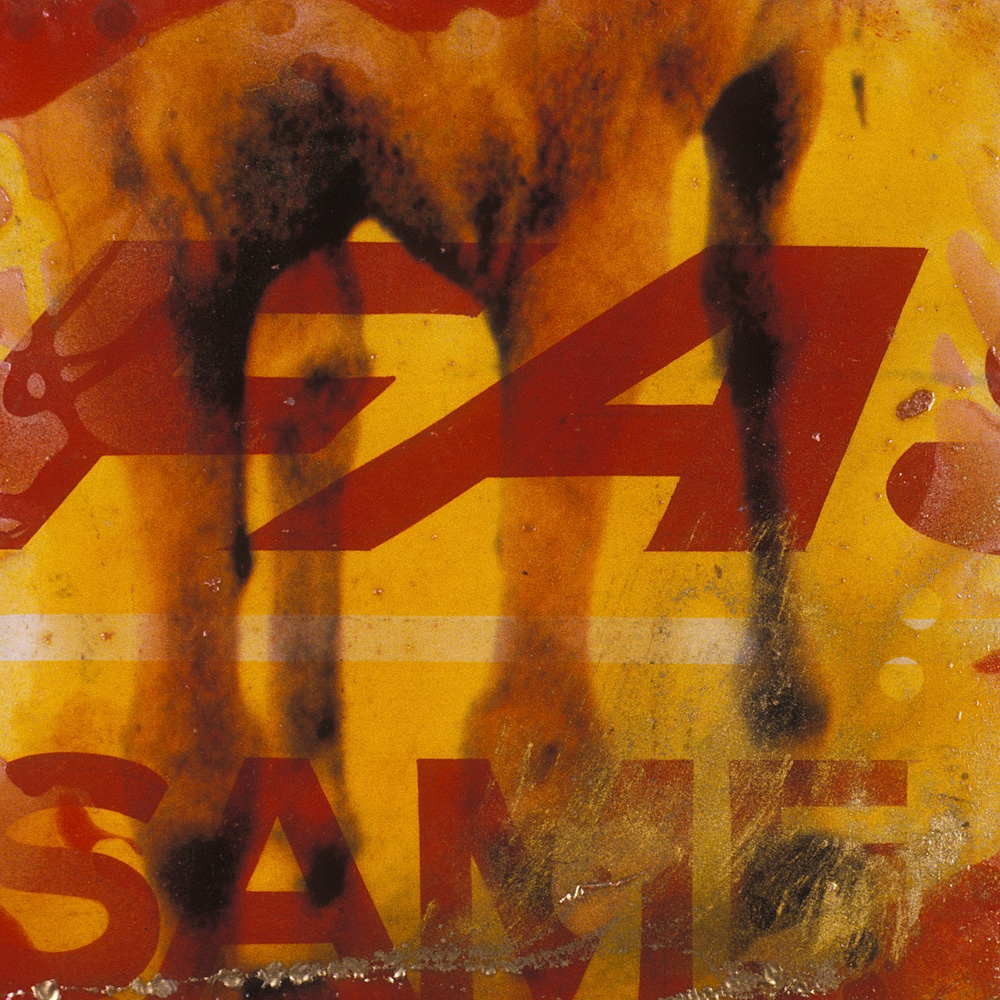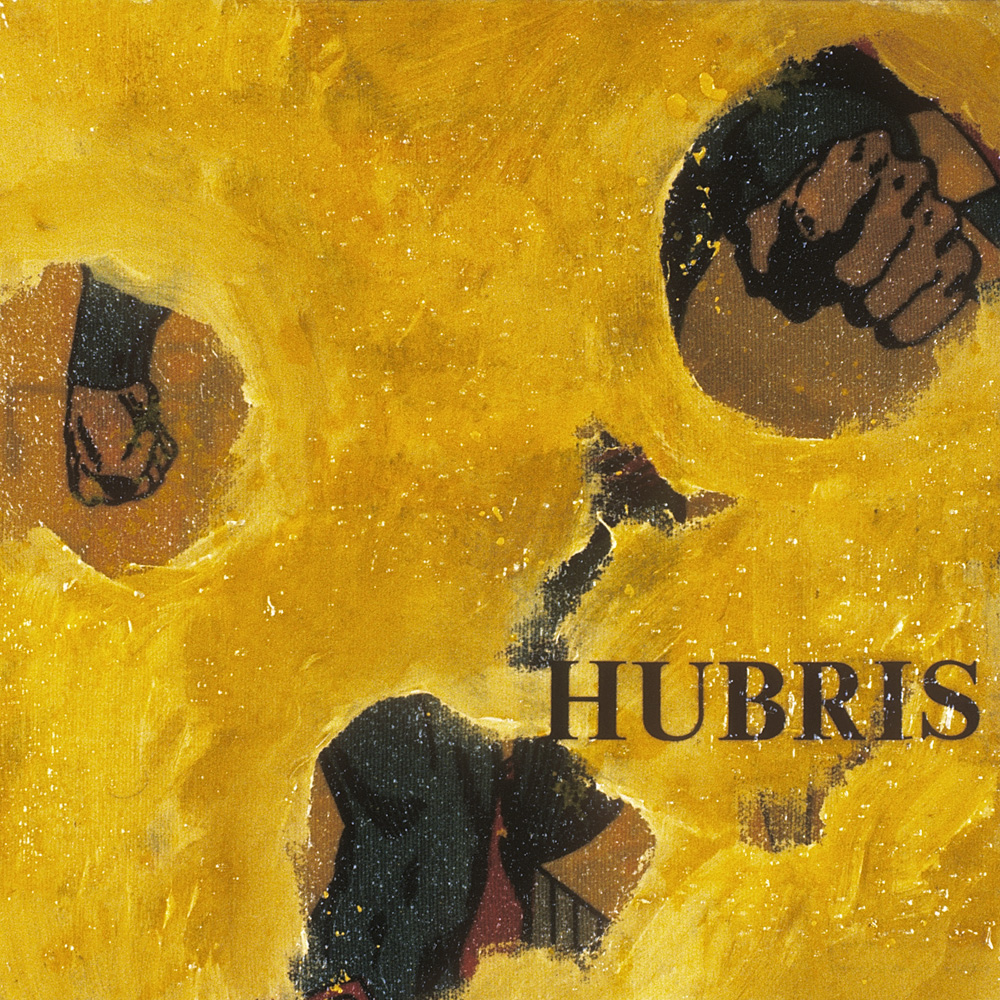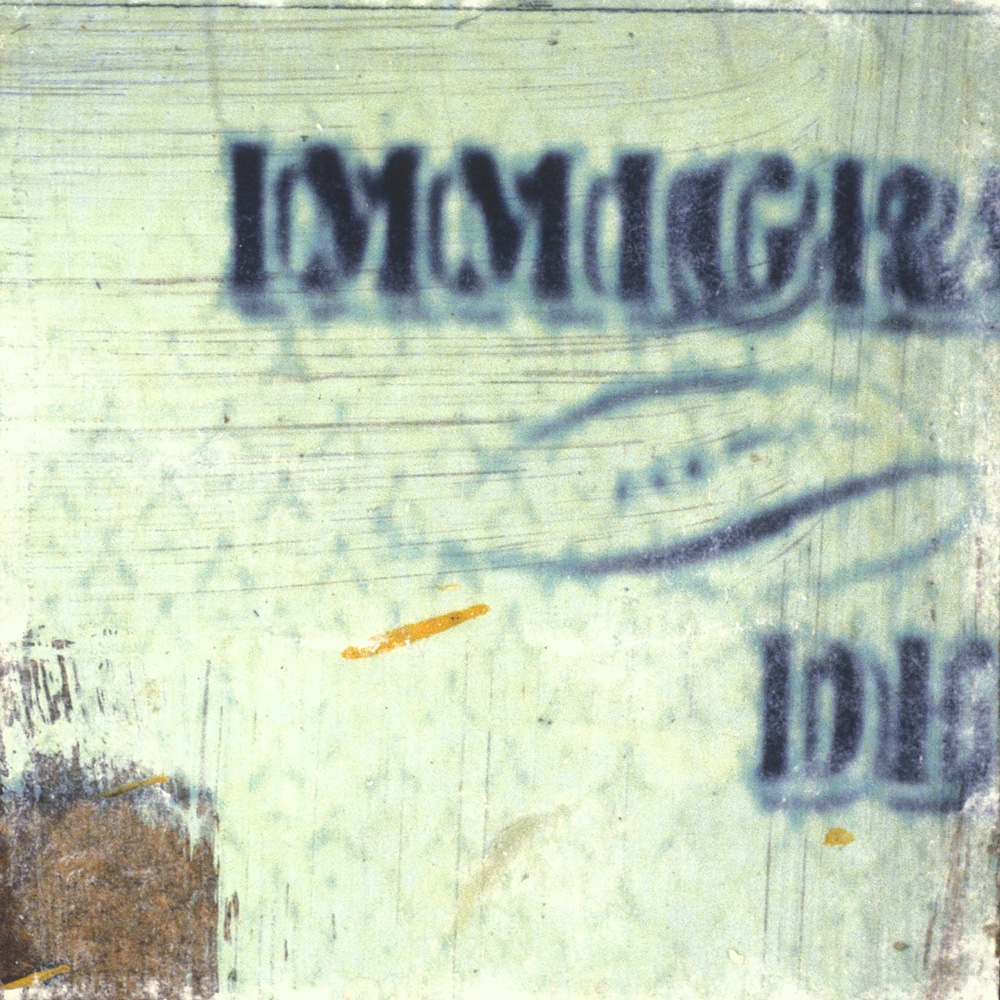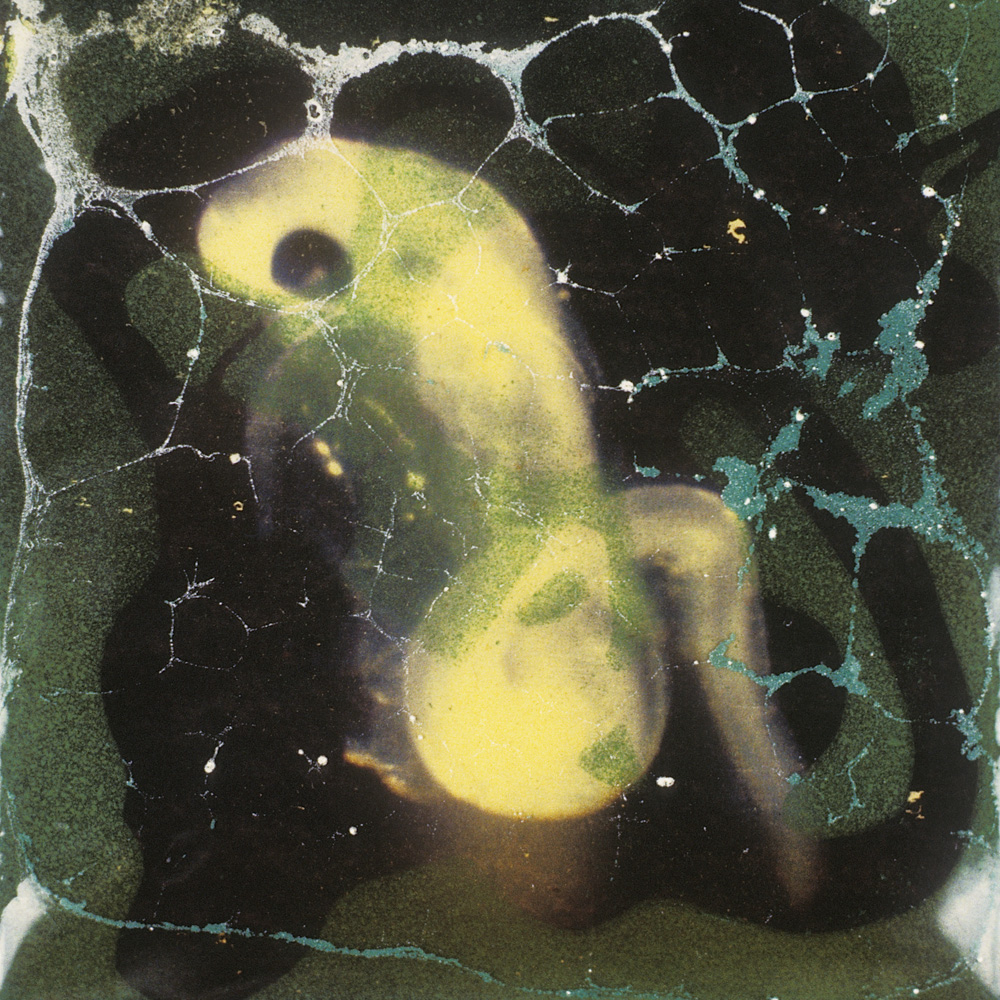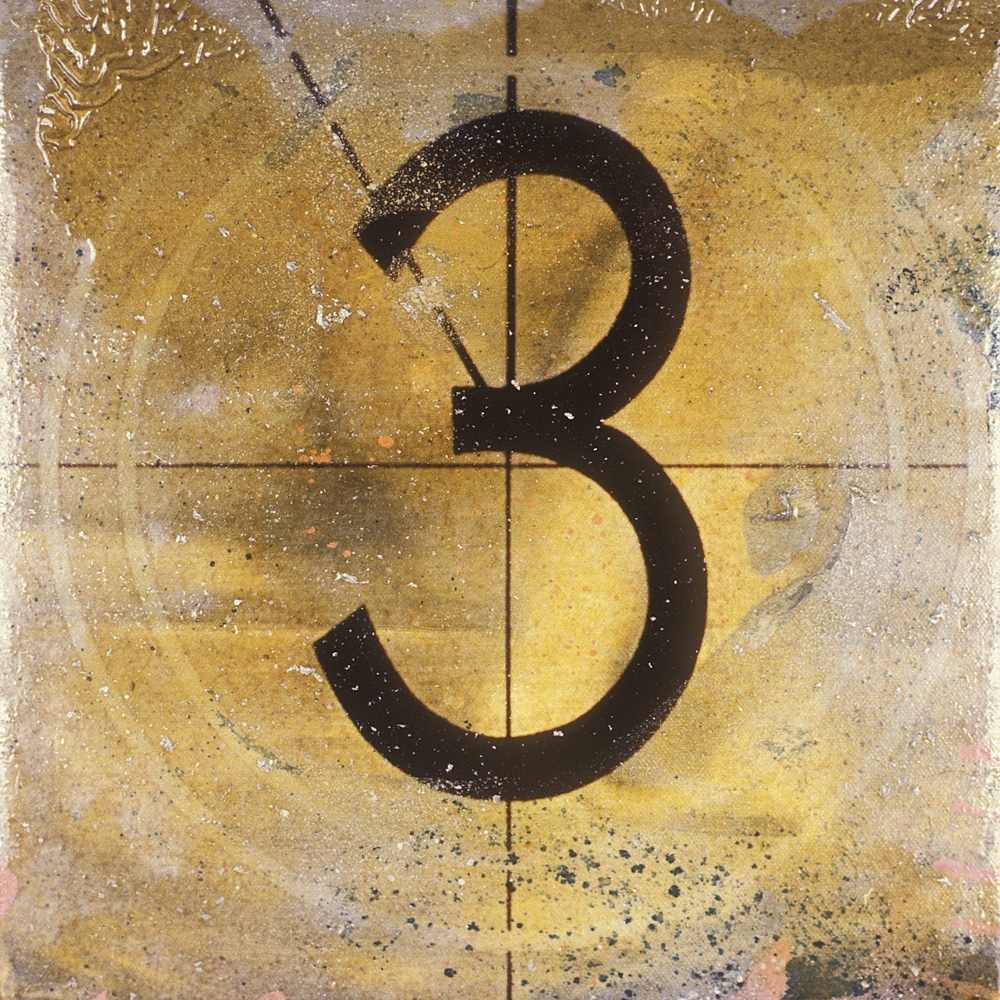Wonderland
When I was a young girl, the walk to church took us by a run-down house. In good weather, an elderly woman sat on the front porch, rocking in her rocker, waving at passers-by. The porch was surrounded by a good number of wicky-wonky, home-fashioned rose trellises. Hanging from the porch beams and upended on the protruding ends of these trellises were empty blue glass Milk of Magnesia bottles. In the morning sun, each bottle threw a bright blue spot of light onto the porch. It was dazzling. It was magical. On these walks, I’d dash ahead to see if the woman was out, covered with blue dots. I’d wave. I didn’t know it at the time, but I was experiencing public art. I dreamed of having a house like this woman’s. I wanted to be THAT lady. Sixty-five years later, the artist in me set out to create just such a wondrous space in my own yard.
It began slowly, with trees, plants and flowers. A struggling, small “Charlie Brown Tree” was planted (and is now an awkward six feet tall, festooned with donated ornaments). Eventually, toys and objects from another age, rusted and well-loved, found their place in the growing wilderness. Then came the dolls, action figures, and the orphaned ceramic creatures created by the elementary school children of yesteryear. All were elevated in importance and placed prominently. Rebar and curtain rods, pounded into the soft ground, awaited the adornment of simple and elaborate vases, turned upside down, perfect perches for ceramic birds.
Encountering an urban art garden on a busy street surprises some people; they aren’t expecting to experience a lively folk art scene in someone’s yard. It is certainly “whimsical,” but that’s not all there is to Wonderland. There are pockets of strife, as in any ecosystem limited by space and resources. Garlands of strung-together plastic heads and rusty domestic products crowd unexpected corners, just as they often clog the larger world. Visual reminders of human diversity, social tolerance and the shared environment pepper the landscape. Various dinosaurs and alligators wrestle with human-looking doll parts in a battle for dominion. Black market pirates sell jewels as exotic, nearly extinct birds watch.
This is a fantasy world, where art and nature interact, twisting themselves into dynamic, ever-changing tableaus. Some objects are full time residents in Wonderland, others visit briefly before moving on to new environs. Always, though, new additions create different possibilities. And anyone can have ideas and questions about the space - no art training is required.
Visitors often leave a new character or object on our front steps, knowing that it will soon find its way into Wonderland. Small trinkets and pieces of jewelry are hung on favorite sculptures. Raspberries and cherry tomatoes grow near the Little Free Library, offering themselves as snacks on a hot day. It is an ongoing conversation, through which we build community and meet neighbors. People of all ages stop and take pictures with the giant Selfie Sun. In Wonderland, memories are made and relationships explored, both inside and out of this humble yard. People seem to honor the space. Not one item has been stolen and nothing has been destroyed.
For many people, especially the very young and the very old, Wonderland is the destination. Young ones count the mosaic’d bowling balls, or squeal as they discover a new character. School-aged children point out oddly paired objects and absurd juxtapositions, as adults recognize their own youth in vintage scenes. As ever, teens have fun, just making fun of it all.
I hope people connect with this small patch of excitement, and that it adds something to our community. Recently, two boys came to my door, shyly requesting more dinosaurs and alligators in Wonderland. Finally, I am THAT lady!


































